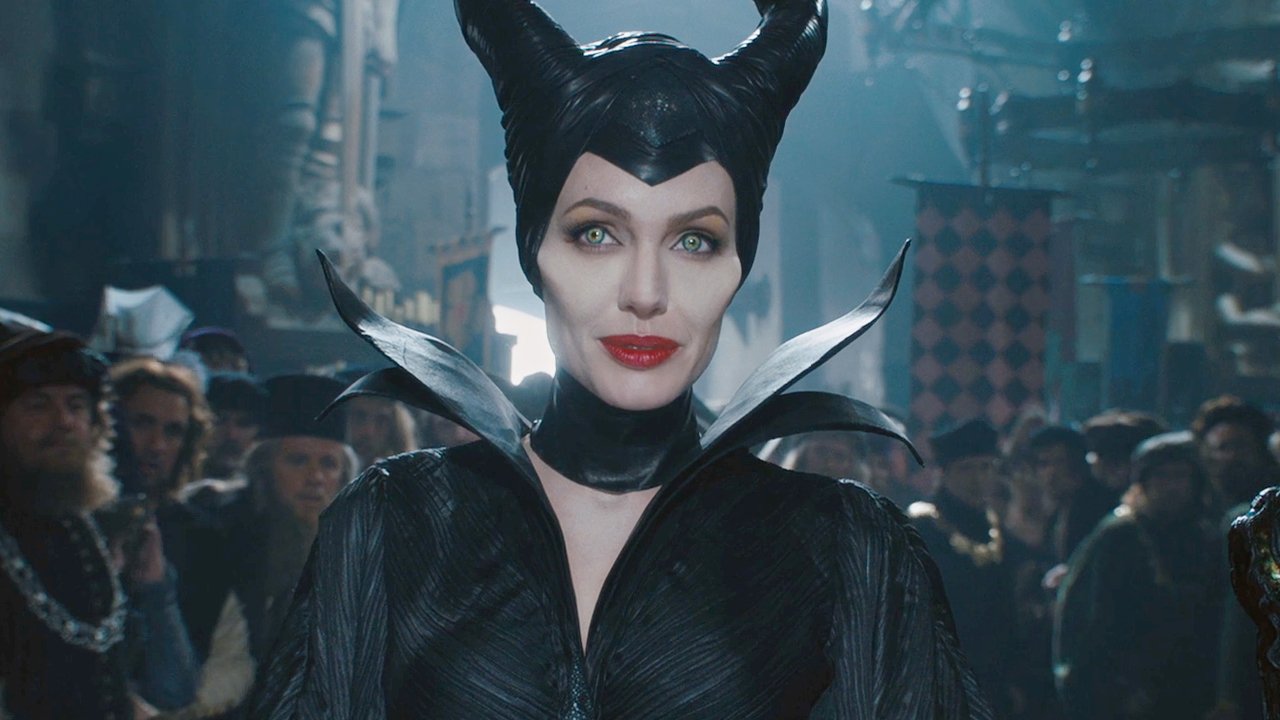Maleficent: Why She Would Never Settle for Being a Lackey
Maleficent, the iconic antagonist from Disney’s “Sleeping Beauty” and her own self-titled film, has captivated audiences with her formidable presence and complex character. Far from being a mere villain or lackey, Maleficent embodies power, autonomy, and an intricate backstory that defies simple categorization. This article delves into why Maleficent would never settle for being a lackey and explores her character’s depth, motivations, and significance in the Disney universe.
The Essence of Maleficent
Maleficent is more than just a villain; she is a powerful and enigmatic figure whose motivations and actions drive the narrative in profound ways. Known for her striking appearance and magical abilities, she stands out as one of Disney’s most memorable characters. To understand why Maleficent would never accept being a lackey, it’s essential to explore her character’s essence.
A Powerful Sorceress
Maleficent is introduced as a formidable sorceress with immense magical powers. Her abilities include shape-shifting, casting powerful spells, and controlling dark forces. These attributes position her far above the typical rank-and-file villain. Her power and autonomy are central to her character, and she commands respect and fear rather than serving others.
A Complex Backstory
In Disney’s “Maleficent,” we learn more about her backstory, revealing her as a once-noble fairy with a tragic past. Her transformation from a benevolent protector to a vengeful antagonist is deeply rooted in betrayal and loss. This complex backstory adds layers to her character, highlighting that her actions are driven by personal grievances rather than a desire to be subservient.
Autonomy and Independence
Maleficent’s character is defined by her strong sense of autonomy and independence. Unlike typical lackeys who serve others, Maleficent operates on her terms and for her reasons. Her refusal to be a lackey can be understood through the following aspects of her character.
Personal Motivation
Maleficent’s motivations are deeply personal. Her initial conflict arises from a sense of betrayal and a desire for retribution. She is not driven by a need to serve or gain favor from others but by her own sense of justice and revenge. This personal drive makes her a central figure in the story, rather than a subordinate character.
Control and Command
Maleficent’s actions are characterized by control and command rather than submission. Her ability to manipulate events and characters around her showcases her dominance. She orchestrates the events of the story, from cursing Princess Aurora to manipulating others to achieve her goals. This level of control is inconsistent with the role of a lackey, who typically follows orders rather than giving them.
Influence and Authority
In both the original “Sleeping Beauty” and the film “Maleficent,” she wields significant influence and authority. Her presence commands attention, and her decisions impact the entire narrative. Being a lackey would undermine her authority and diminish her role in the story. Maleficent’s position as a powerful figure reinforces that she is meant to be a leader, not a subordinate.
Maleficent’s Role in the Narrative
Maleficent’s role in the narrative is crucial to the development of the story. Her character serves as both an antagonist and a complex figure whose actions drive the plot forward.
The Catalyst for Conflict
In “Sleeping Beauty,” Maleficent’s curse is the catalyst for the central conflict of the story. Her actions set in motion the events that lead to the battle between good and evil. Her role as a primary antagonist means that she cannot be relegated to a subordinate position. Her influence is central to the narrative’s progression.
Redemption and Growth
In “Maleficent,” the character’s journey includes elements of redemption and growth. The film explores her transformation from a vengeful figure to a more nuanced character with a capacity for forgiveness. This development adds depth to her character and reinforces her importance within the story. Being a lackey would limit her potential for such growth and redemption.
Conclusion
Maleficent stands out as a powerful, autonomous, and complex character who would never settle for being a lackey. Her strength, independence, and influence make her a central figure in the Disney universe, driving the narrative and captivating audiences. Her character challenges conventional villain archetypes, showcasing that true power and significance come from within rather than from serving others. Maleficent’s role as a dominant force in her story underscores why she would never be content with being a mere subordinate.














Post Comment